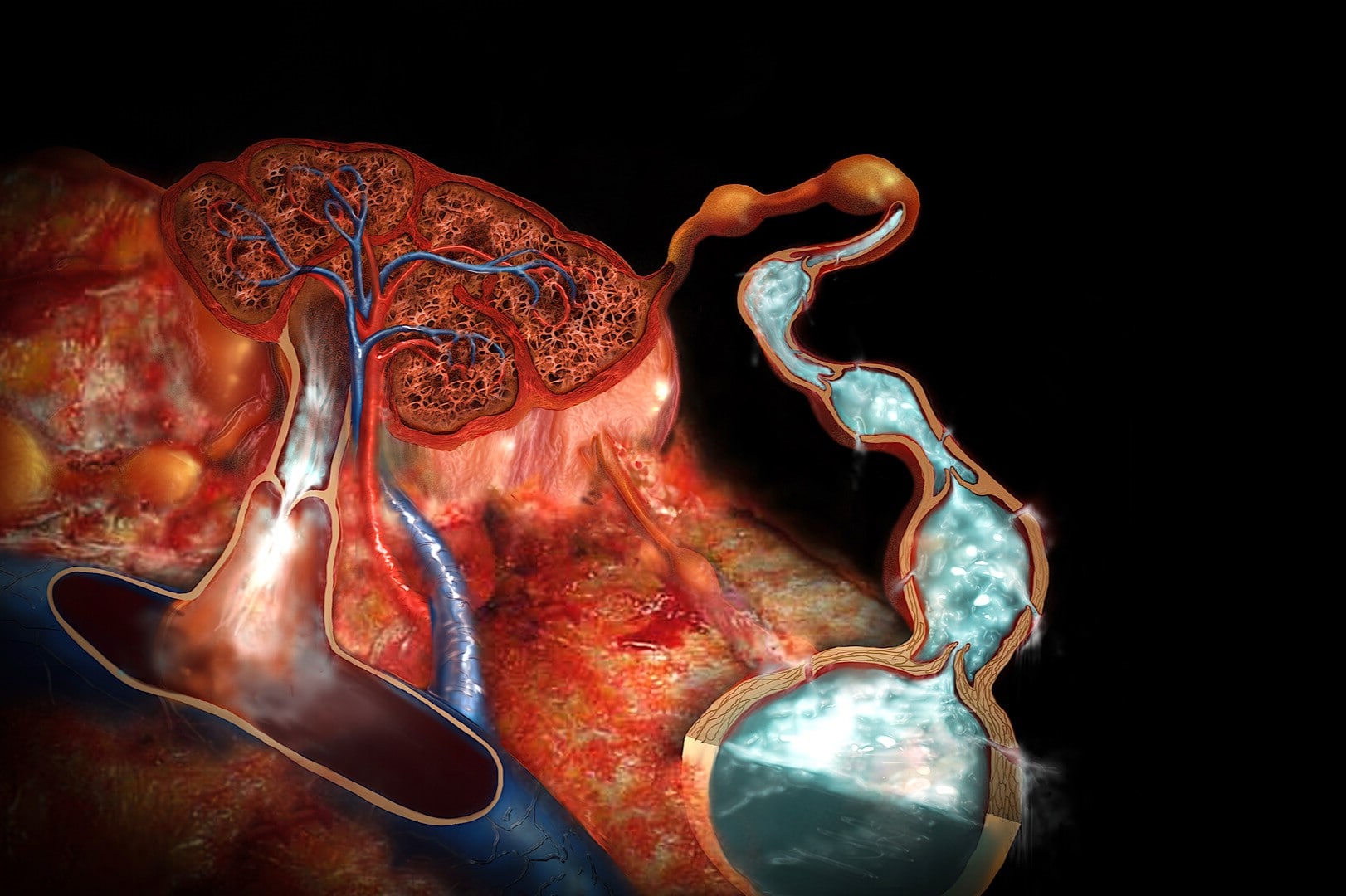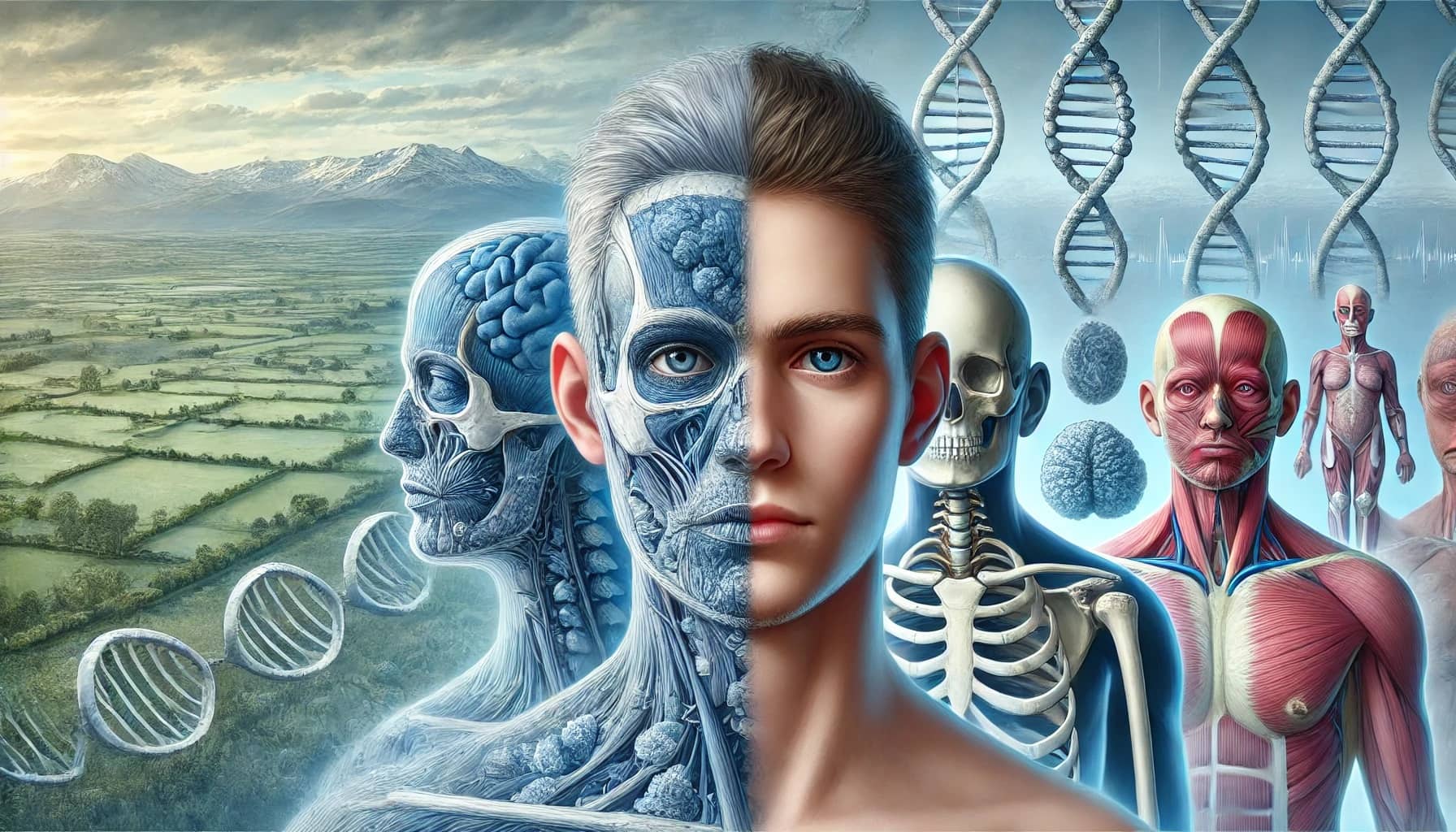
Castleman's disease is a rare disorder that causes lymph node enlargement and can significantly impact a person's health. Named after Dr. Benjamin Castleman, who first described it in the 1950s, this disease comes in several forms, each with unique symptoms and challenges. Unicentric Castleman disease (UCD) affects a single lymph node, while multicentric Castleman disease (MCD) involves multiple lymph nodes and can lead to severe systemic issues. MCD is further divided into subtypes, including HHV-8-associated MCD, POEMS-associated MCD, and idiopathic multicentric Castleman disease (iMCD). Understanding these subtypes is crucial for proper diagnosis and treatment. This article explores 40 essential facts about Castleman's disease, shedding light on its symptoms, diagnosis, treatment, and ongoing research efforts.
Key Takeaways:
- Castleman's Disease is a rare condition with various subtypes and symptoms, making it challenging to diagnose and treat. Understanding its types, symptoms, and treatment options is crucial for managing the disease effectively.
- Ongoing research and collaboration are essential for improving the outcomes of Castleman's Disease. Patients' experiences highlight the need for ongoing support and the importance of self-enrollment in registries for further research.
What is Castleman's Disease?
Castleman's disease is a rare condition involving enlarged lymph nodes. It can be tricky to diagnose and treat due to its various forms and symptoms. Let's dive into some key facts to understand this complex disease better.
-
Definition and Classification: Castleman's disease is a group of rare disorders involving lymph node enlargement. There are four main subtypes: unicentric Castleman disease (UCD) and three types of multicentric Castleman disease (MCD).
-
History: Benjamin Castleman first described the disease in the 1950s. He noted it as localized mediastinal lymph node enlargement with unique histological features.
Types of Castleman's Disease
Understanding the different types of Castleman's disease is crucial for proper diagnosis and treatment.
-
Unicentric Castleman Disease (UCD): This type involves a single enlarged lymph node, often in the chest or neck. UCD usually has milder symptoms and rarely affects vital organs.
-
Multicentric Castleman Disease (MCD): MCD involves multiple regions of enlarged lymph nodes, causing systemic symptoms and organ dysfunction. MCD is further divided into three subtypes.
-
HHV-8-associated MCD: This subtype is linked to human herpesvirus type 8 (HHV-8) and often occurs in people with HIV.
-
POEMS-associated MCD: This subtype is associated with POEMS syndrome, a rare blood disorder affecting nerves and other body parts.
-
Idiopathic Multicentric Castleman Disease (iMCD): The cause of iMCD is unknown, making it the most common subtype of MCD.
Symptoms and Diagnosis
Castleman's disease presents a wide range of symptoms, making diagnosis challenging.
-
Symptoms: Common symptoms include fever, night sweats, fatigue, weight loss, and general malaise. Severe cases can lead to organ dysfunction.
-
Pathophysiology: The immune system becomes hyperactivated, overproducing cytokines and other inflammatory compounds, leading to lymph node enlargement and systemic inflammation.
-
Diagnosis: A lymph node biopsy is typically required for diagnosis, revealing characteristic histopathological features.
-
Diagnostic Criteria for iMCD: Major criteria include specific lymph node features and clinical symptoms like fever, night sweats, and organ enlargement.
Treatment Options
Treating Castleman's disease varies depending on the subtype and severity.
-
Surgery: UCD can often be successfully treated with surgical removal of the affected lymph node.
-
Medications: MCD treatments include anti-interleukin-6 (IL-6) therapies and rituximab for HHV-8-associated MCD. Immunosuppressive agents are used for refractory cases.
-
Experimental Treatments: Some patients may benefit from experimental therapies like sirolimus, which has shown promise in improving quality of life.
Epidemiology and Risk Factors
Castleman's disease is rare, but understanding its prevalence and risk factors can help in managing the condition.
-
Epidemiology: Around 4,300-5,200 cases are diagnosed in the US each year. The disease can affect people of any age, gender, or ethnicity.
-
Risk Factors: There are no known risk factors for UCD or iMCD. However, HIV infection or other immune-suppressing conditions can increase the risk of HHV-8-associated MCD.
Sub-classification of iMCD
iMCD has further subtypes, each with unique characteristics.
-
iMCD-TAFRO: Characterized by acute episodes of thrombocytopenia, anasarca, fever, renal dysfunction or myelofibrosis, and organomegaly.
-
iMCD-IPL: Features thrombocytosis, hypergammaglobulinemia, and a more chronic disease course.
-
iMCD-NOS: Diagnosed in iMCD patients who do not fit the criteria for iMCD-TAFRO or iMCD-IPL.
Living with Castleman's Disease
Living with Castleman's disease can be challenging, but understanding the patient experience can provide valuable insights.
-
Patient Experience: Patients often face prolonged hospital stays, multiple treatments, and ongoing symptom management. Personal stories highlight their resilience and determination.
-
Research and Collaboration: Advances in diagnosis, classification, pathogenesis, and therapy are due to ongoing research and collaboration among physicians, scientists, and patients.
-
ACCELERATE Registry: The CDCN’s ACCELERATE natural history registry encourages patients to self-enroll, facilitating further research and improving outcomes.
Viral Infection Hypothesis
The role of viral infections in Castleman's disease is a topic of ongoing research.
- Viral Infection Hypothesis: The idea that iMCD is driven by a virus other than HHV-8 is losing credibility. Recent studies have found no evidence of vertebrate viruses in iMCD patients.
Treatment Challenges
Not all patients respond to initial treatments, requiring personalized approaches.
-
Treatment Challenges: Some MCD patients do not respond to the first treatment, necessitating additional therapies for refractory cases.
-
Role of Interleukin-6 (IL-6): IL-6 plays a crucial role in the pathogenesis of Castleman's disease, particularly in iMCD. Anti-IL-6 therapies have been effective for many patients.
HHV-8 Infection and POEMS Syndrome
Understanding the links between HHV-8 infection, POEMS syndrome, and Castleman's disease can provide insights into the condition.
-
HHV-8 Infection: HHV-8 is common and usually harmless, but a small proportion of infected individuals, especially those with HIV, develop HHV-8-associated MCD.
-
POEMS Syndrome: This rare blood disorder can cause excessive cytokine production and MCD in some patients.
Clinical Manifestations and Histopathological Features
Castleman's disease presents with various clinical and histopathological features.
-
Clinical Manifestations: UCD typically presents with localized lymph node enlargement, while MCD presents with systemic symptoms like fever, night sweats, and organ dysfunction.
-
Histopathological Features: Increased numbers of lymphoid follicles with germinal center involution and marked capillary proliferation are consistent across all subtypes.
Treatment Outcomes and Patient Experience
The outcomes and experiences of patients with Castleman's disease vary widely.
-
Treatment Outcomes: UCD can usually be successfully treated with surgery, while MCD requires more complex treatment strategies.
-
Patient Experience: Patients often face significant challenges in their daily lives, emphasizing the need for ongoing support and research.
Collaborative Efforts and Economic Impact
Collaboration and understanding the economic impact of Castleman's disease are crucial for improving patient outcomes.
-
Collaborative Efforts: The CDCN plays a crucial role in coordinating research and treatment efforts among physicians, scientists, and patients.
-
Economic Impact: The high cost of treatments and ongoing symptom management significantly impacts patients. Encouraging self-enrollment in registries like ACCELERATE can help facilitate further research.
Genetic Factors and Immunosuppression
Exploring genetic factors and the role of immunosuppression can provide insights into Castleman's disease.
-
Genetic Factors: There is no clear evidence that genetics play a role in developing Castleman's disease, but genetic predispositions may influence severity and progression.
-
Immunosuppression: Conditions like HIV can increase the risk of developing HHV-8-associated MCD, highlighting the importance of managing underlying immune conditions.
Cytokine Storm and Organ Dysfunction
The cytokine storm and organ dysfunction associated with Castleman's disease can lead to severe complications.
-
Cytokine Storm: This can cause severe systemic inflammation and organ dysfunction. Anti-IL-6 therapies have been effective in reducing inflammation.
-
Organ Dysfunction: Common in MCD, particularly iMCD, involving the liver, kidneys, and bone marrow.
Thrombocytopenia, Anasarca, and Other Symptoms
Understanding the symptoms of Castleman's disease can help in managing the condition.
-
Thrombocytopenia: Common in iMCD-TAFRO, characterized by low platelet counts, leading to bleeding complications.
-
Anasarca: Generalized edema associated with iMCD-TAFRO, requiring aggressive treatment.
-
Fever and Organomegaly: Common in iMCD-TAFRO, reflecting the systemic nature of the disease.
Final Thoughts on Castleman's Disease
Castleman's disease is a rare and complex condition that involves the enlargement of lymph nodes. It comes in different forms, each with unique symptoms and treatment options. Unicentric Castleman disease (UCD) usually affects a single lymph node and can often be treated with surgery. Multicentric Castleman disease (MCD), however, involves multiple lymph nodes and requires more complex treatments, including medications and sometimes experimental therapies.
Understanding the different subtypes, like HHV-8-associated MCD and idiopathic multicentric Castleman disease (iMCD), is crucial for proper diagnosis and treatment. Patients often face significant challenges, but ongoing research and collaboration among healthcare professionals offer hope. The Castleman Disease Collaborative Network (CDCN) and the ACCELERATE registry play vital roles in advancing research and improving patient outcomes. Early diagnosis and personalized treatment plans are essential for managing this rare disorder effectively.
Frequently Asked Questions
Was this page helpful?
Our commitment to delivering trustworthy and engaging content is at the heart of what we do. Each fact on our site is contributed by real users like you, bringing a wealth of diverse insights and information. To ensure the highest standards of accuracy and reliability, our dedicated editors meticulously review each submission. This process guarantees that the facts we share are not only fascinating but also credible. Trust in our commitment to quality and authenticity as you explore and learn with us.


